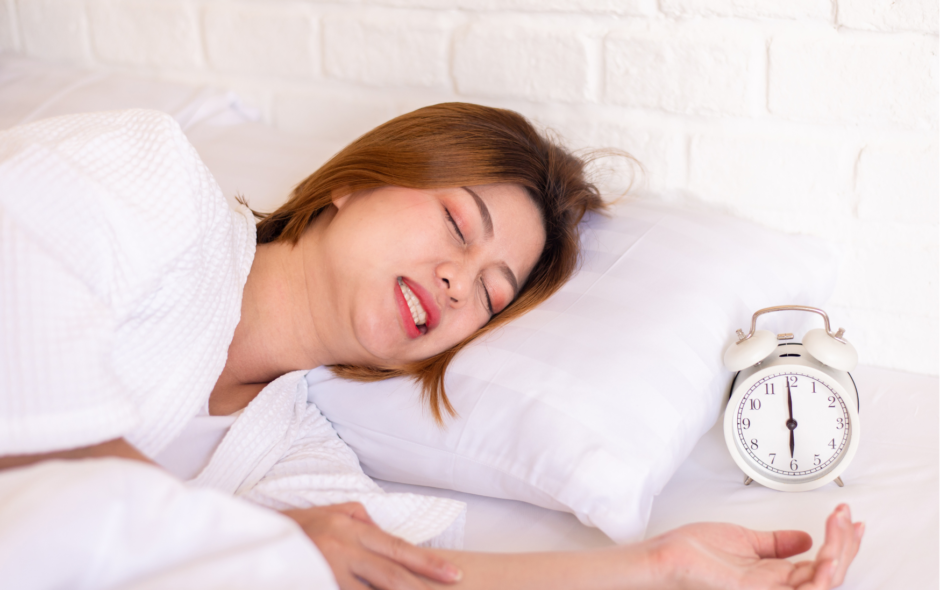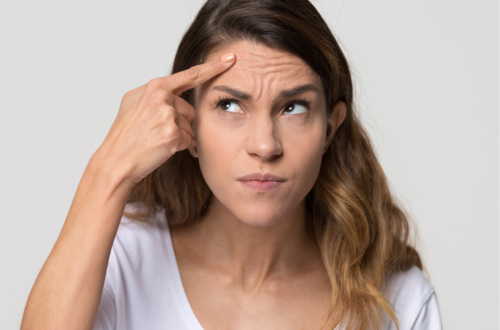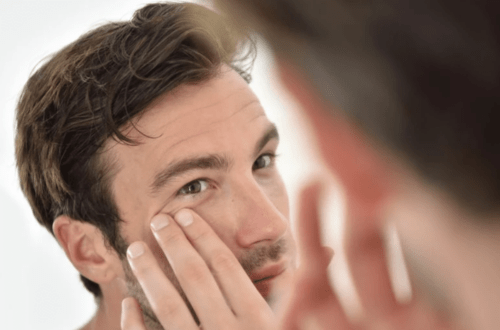Did you know anti-ageing treatments, can also treat clenching and grinding teeth? This may surprise many, but the benefits of Botox® for dental issues are becoming increasingly recognised.
What is bruxism, and why is it important to treat it?
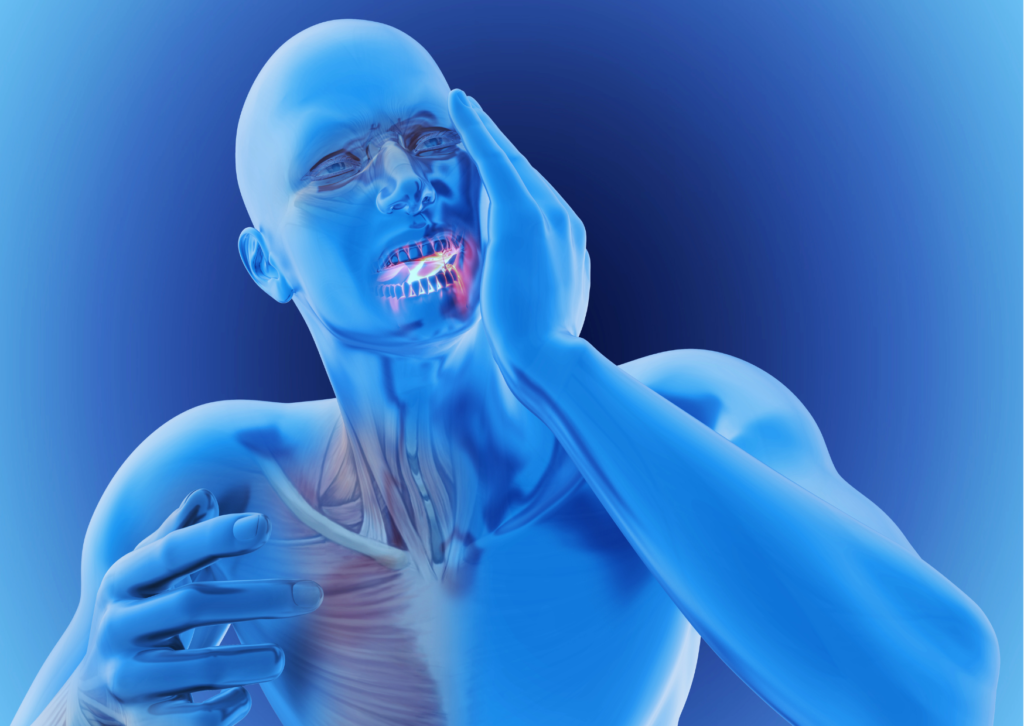
Bruxism refers to the involuntary grinding, clenching, or gnashing of teeth. It is a common condition that often occurs during sleep but can also happen during waking hours. Bruxism can lead to various oral health issues, including worn or damaged teeth, jaw pain, headaches, and even facial muscle discomfort. This condition affects children and adults, and its underlying causes can vary from stress and anxiety to dental misalignment or sleep disorders. While bruxism may seem a mere dental concern, it can significantly impact one’s overall well-being.
What common side effects and complications can teeth grinding cause?
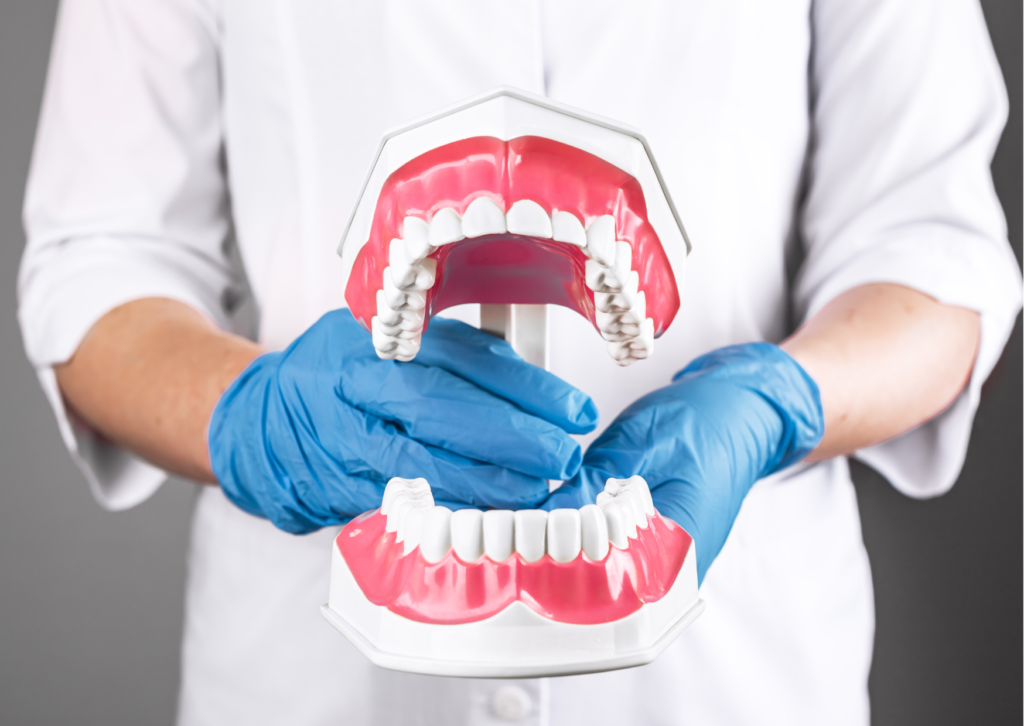
Some common side effects include headaches, jaw pain, facial muscle soreness, and tooth sensitivity. Prolonged and excessive teeth grinding can also cause damage to the teeth, such as wearing down of the enamel, chipping, or even fractures. In severe cases, it can lead to temporomandibular joint (TMJ) disorders, which can cause jaw pain, difficulty opening and closing the mouth, and even clicking or popping sounds in the jaw joint. Additionally, bruxism can contribute to disrupted sleep patterns and lead to sleep disorders or fatigue. Therefore, it is important to address teeth grinding promptly to prevent further complications and maintain oral health.
How can Anti-ageing treatments be used to treat teeth grinding?
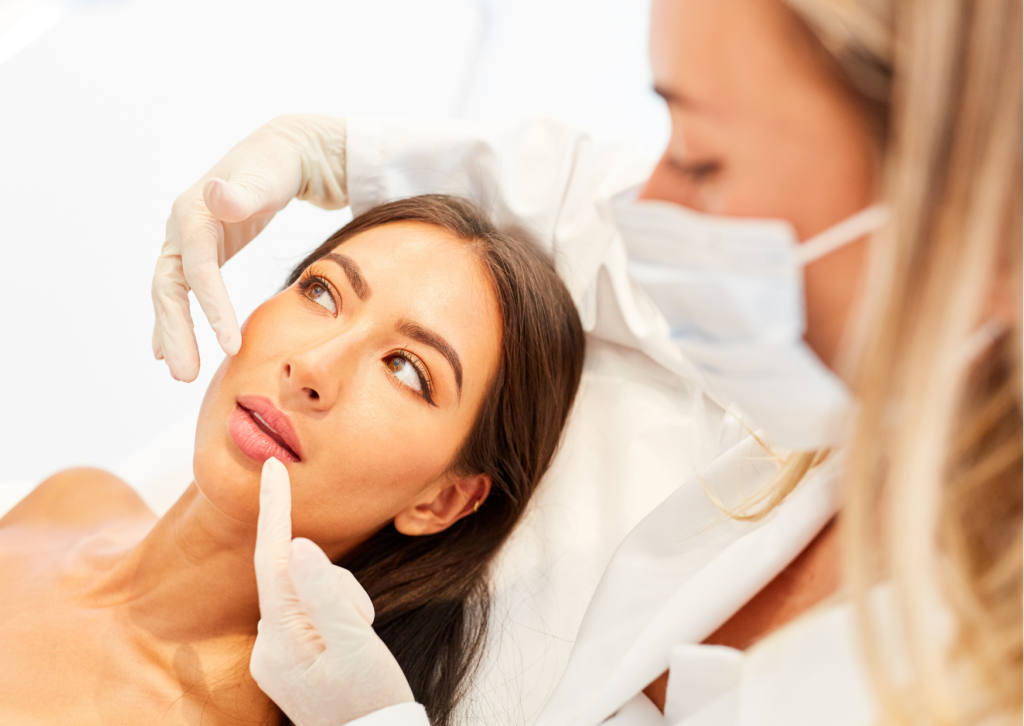
The treatments work by targeting the muscles responsible for jaw movement and clenching. By injecting small amounts of Botox into these muscles, the toxin temporarily paralyses them, reducing their ability to contract forcefully. This relaxation of the jaw muscles can help alleviate the symptoms associated with bruxism, such as jaw pain, headaches, and tooth damage. The treatment is minimally invasive, with the injections administered directly into the affected muscles. While the exact mechanism of action is not fully understood, studies have shown that it can effectively reduce the frequency and intensity of teeth-grinding episodes. As a non-surgical approach, it offers a promising alternative for individuals seeking relief from the discomfort and complications of bruxism.
Why is it a popular choice to treat teeth grinding?
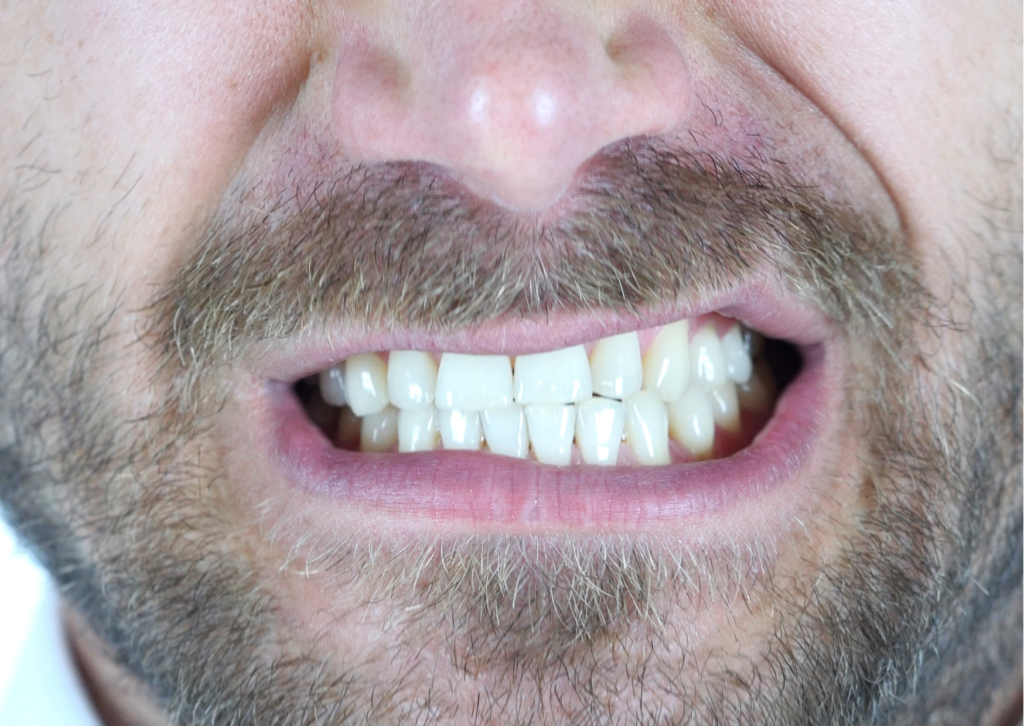
When it comes to addressing teeth grinding, anti-ageing treatments offers several advantages that make it an appealing treatment option. Unlike other methods, such as oral appliances or medications, it directly targets the muscles involved in jaw clenching and grinding. It provides localised and targeted relaxation by injecting the toxin into these specific muscles, effectively reducing the intensity and frequency of teeth-grinding episodes. This focused approach can lead to more immediate and noticeable results than other treatments. Treatments also offers a non-invasive solution, eliminating the need for surgical procedures. Additionally, it’s is generally well-tolerated, with minimal side effects and a low risk of complications. The convenience of the injections, which can be performed in a relatively short office visit, further adds to its appeal.
Is the treatment painful?
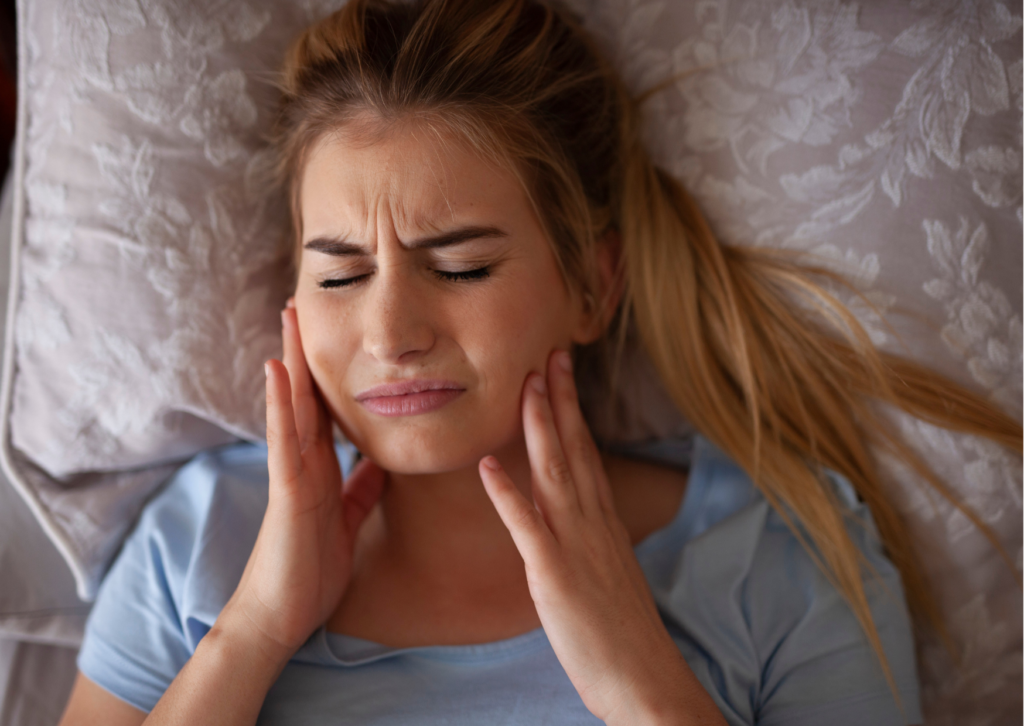
The experience of receiving injections can vary from person to person. Still, the procedure is generally well-tolerated, and discomfort is minimal. Prior to the injections, a topical numbing cream may be applied to the treatment area to minimise any potential discomfort further. Additionally, the needles used for injections are very fine, which helps reduce any sensations during the procedure. Most individuals describe the sensation as a slight pinch or pressure. Any discomfort is typically brief and temporary.
How long do doses last?
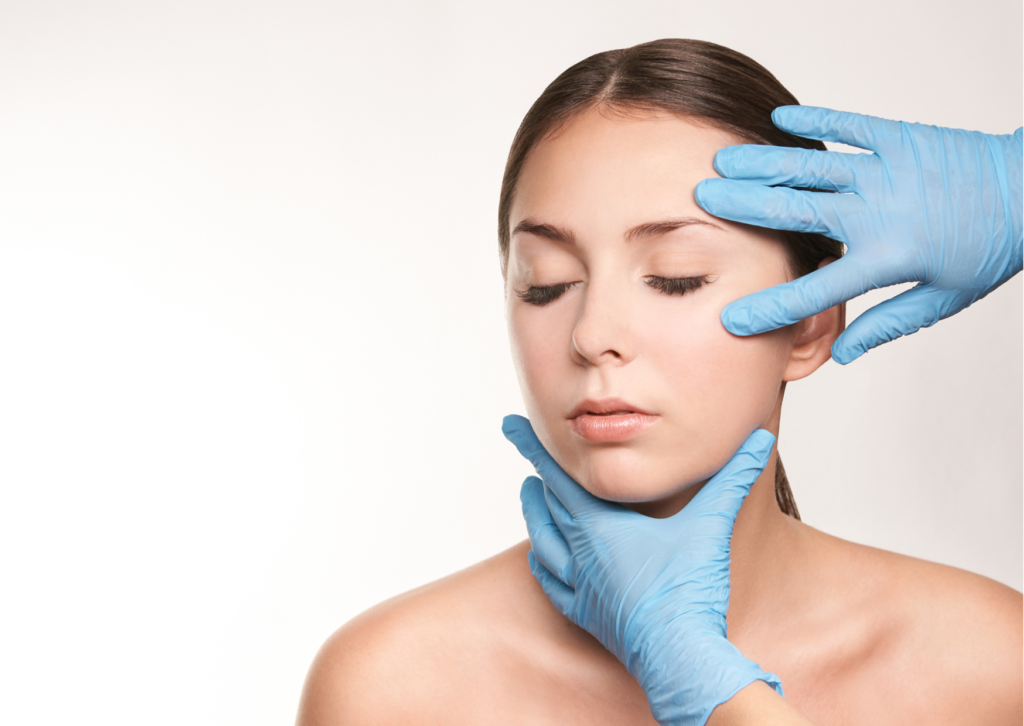
The duration of Botulinum Toxin’s effects in treating teeth grinding can vary depending on individual factors and the specific dose administered. Typically, the effects of the treatment can last for several months, ranging from three to six months on average. However, it’s important to note that the longevity of the results may differ from person to person. Therefore, regular follow-up appointments with your healthcare provider are recommended to assess the effectiveness of the treatment and determine the optimal timing for repeat injections. By working closely with your provider, you can ensure that your treatment plan is tailored to your needs and that the benefits are maintained over time.
Is the treatment for clenching and grinding (bruxism) a safe procedure?
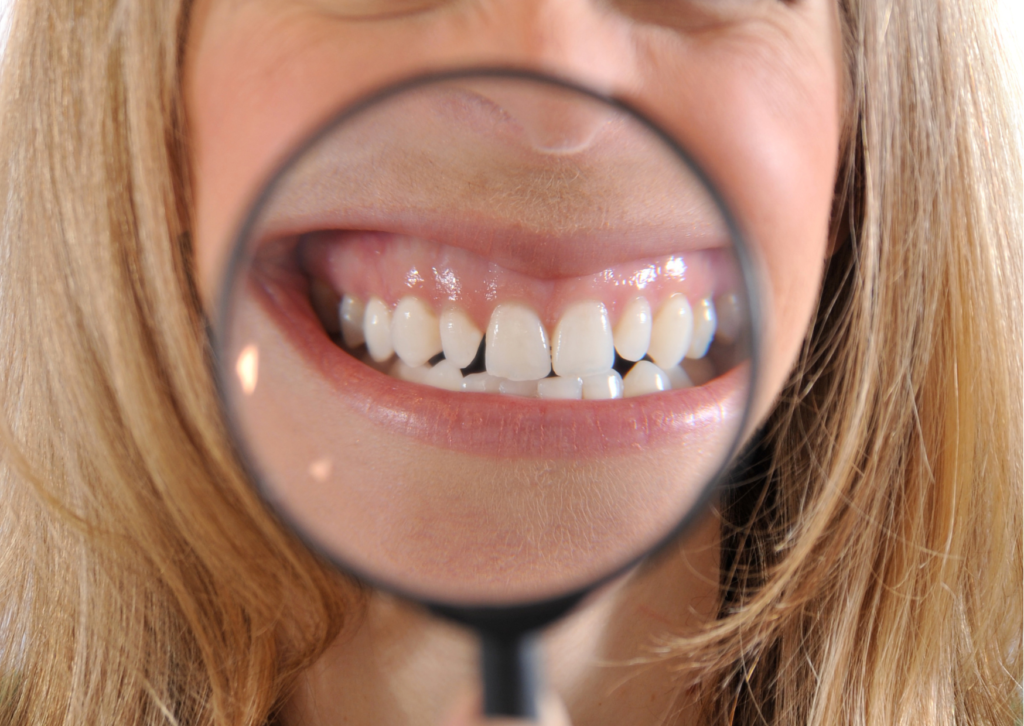
The treatment for bruxism has been found to be generally safe when administered by a qualified healthcare professional. However, the use of Botulinum Toxin for bruxism is considered an off-label application, meaning regulatory authorities do not specifically approve it for this purpose.
Some studies have shown promising results, with a reduction in symptoms and improved quality of life. However, there are also potential risks and side effects, such as difficulty swallowing or breathing, muscle weakness, and even death in rare cases.
It’s important to consult a qualified healthcare professional and weigh the risks and benefits before undergoing treatment for bruxism.
Other treatment options, such as mouthguards or relaxation techniques, may also be effective and should be considered.
How long does it take for the treatment to start taking effect?
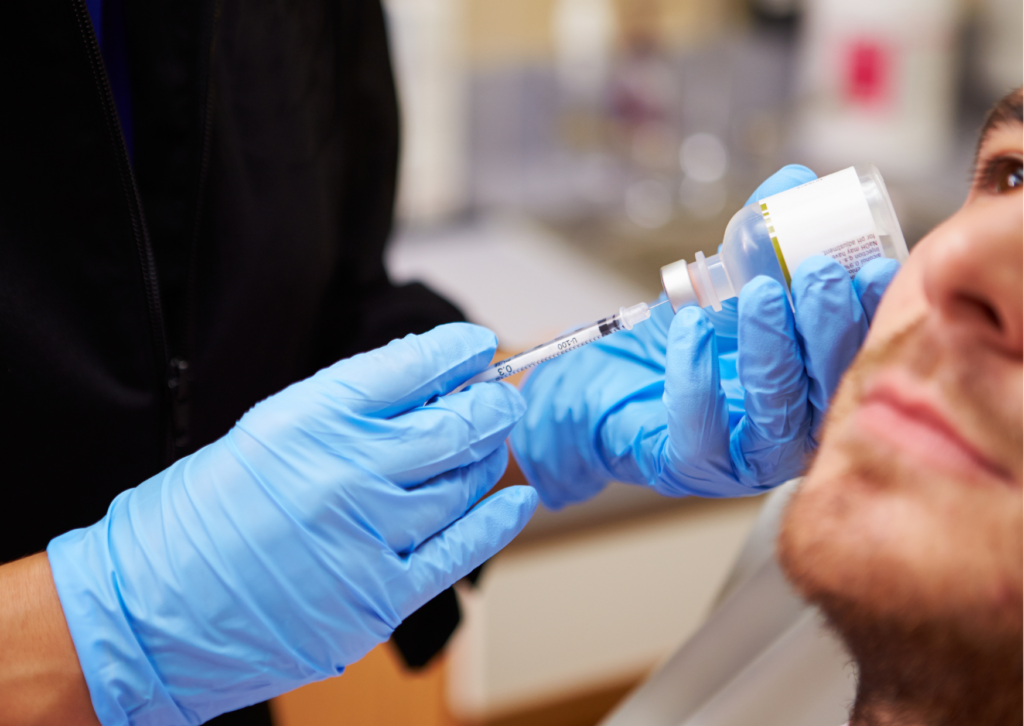
The onset of effects from the treatment can vary from person to person. Generally, it may take a few days to a week for the effects to become noticeable. This is because the botulinum toxin gradually works to relax the muscles responsible for clenching and grinding, reducing symptoms. However, it’s important to note that individual response times may vary, and some individuals may experience a faster or slower onset of effects.
In conclusion, anti-ageing treatment for clenching and grinding teeth, or bruxism, offers a promising solution for those seeking relief from the discomfort and complications associated with this condition. The treatment can help relax the muscles and alleviate symptoms by targeting the overactive jaw muscles responsible for grinding. This non-surgical approach provides a safe and effective option for managing bruxism, with minimal side effects and high patient satisfaction. However, consulting a qualified healthcare professional is vital to determine if treatment suits your specific case. With proper diagnosis and guidance, it can offer relief, improve oral health, and enhance overall well-being for individuals dealing with teeth grinding.

